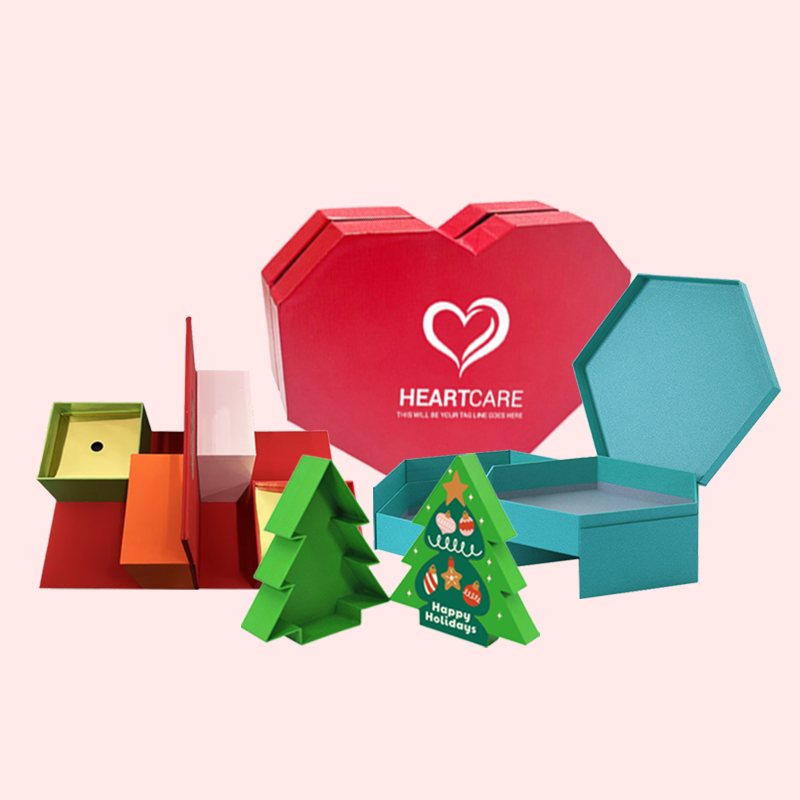You want to make the best choice for your product, but the market is confusing. Choosing the wrong packaging can waste money and hurt your brand. Let me simplify it.
No single material will dominate. Instead, the future belongs to packaging that is sustainable, smart, and convenient. This includes compostable materials, mono-material plastics for easy recycling, and innovative paper-based solutions.
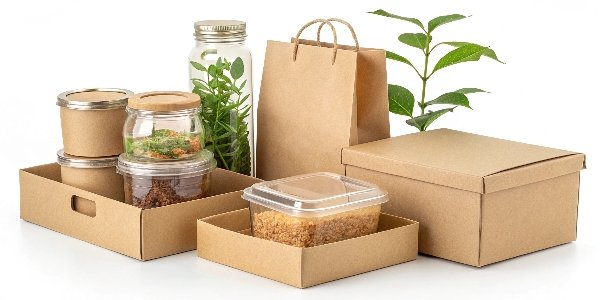
Over my 16 years in this industry, I’ve seen countless trends come and go. The designers I speak with, many like a skilled professional named Peter, always ask me what's next. They need to balance client demands, production realities, and the constant pressure to innovate. The truth is, predicting the future isn't about finding one winner. It’s about understanding the powerful forces that are shaping the choices we make every day. You need to know what questions to ask. Let's explore the key questions that will help you stay ahead.
What is the food packaging market trend1?
Market trends seem to shift so quickly. If your packaging looks outdated, customers might think your product is too. I believe three key trends are driving almost every packaging decision today.
The biggest market trend is the demand for sustainability2. Consumers and regulators are pushing for eco-friendly options. This has led to a major shift toward recyclable, compostable, and renewable materials like paper and board.
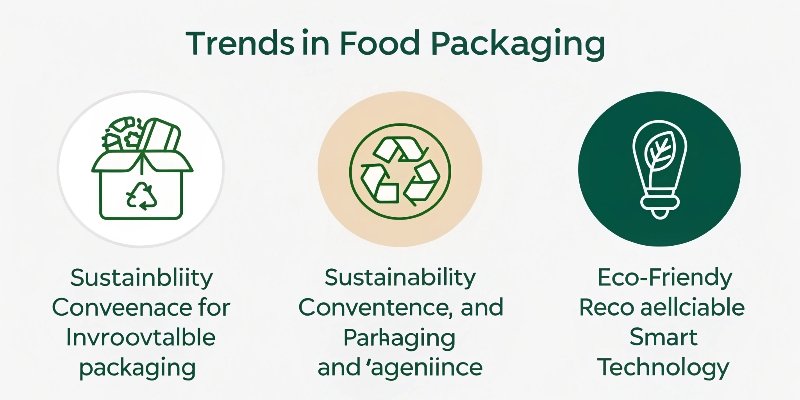
In my experience, you can't ignore these trends. They are not just passing fads; they represent a fundamental change in how we think about packaging. A few years ago, a client came to me wanting to repackage their organic snacks. We moved them from a mixed-plastic pouch to a beautifully printed, recyclable paper box. Their sales increased by almost 20% in six months simply because the packaging aligned with their customers' values. This shows how powerful these trends are. Here’s a breakdown to help you understand them better.
Three Driving Forces
| Trend | Description | Key Focus Areas |
|---|---|---|
| Sustainability | Reducing environmental impact is the top priority. | Recyclable materials, compostable options, less plastic. |
| Convenience | Packaging must fit modern, busy lifestyles. | Single-serve portions, easy-to-open designs, microwavable. |
| Smart Technology | Packaging is becoming a digital tool. | QR codes for traceability, NFC chips, freshness indicators. |
These trends are interconnected. For example, smart labels can help reduce food waste, which is a key sustainability goal. As a designer, understanding how these forces work together is crucial for creating packaging that succeeds now and in the future.
Which type of food packaging is now used more?
You see so many materials on the shelf. It’s hard to know which one is the most popular or the right choice. Using an old-fashioned material can make your product seem out of touch.
Flexible plastics are still the most-used material by volume because they are lightweight and provide excellent protection. However, paper and paperboard3 are the fastest-growing segment, especially for brands wanting a sustainable image.
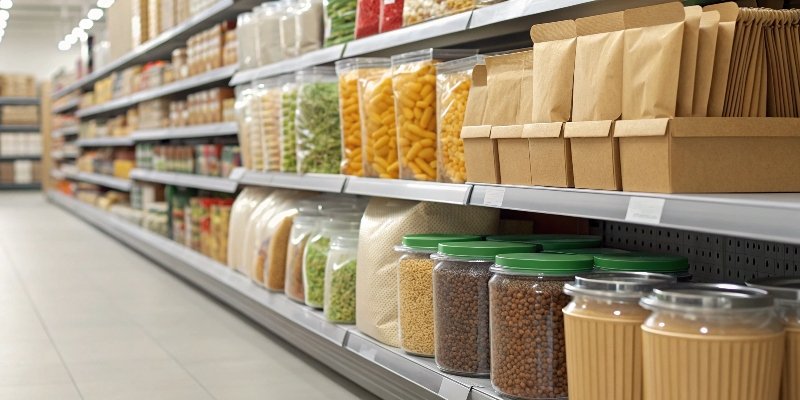
At Giftspack, we've seen a massive surge in requests for paper-based food packaging. It used to be mainly for things like cereal or cookies. Now, clients want custom paper boxes for everything from gourmet coffee to frozen foods. Technology has improved so much. We can now add special coatings to paper that make it resistant to grease and moisture, opening up new possibilities. This shift is happening because brands are responding directly to consumer demand for greener alternatives4. The choice of material says a lot about your brand.
A Look at Today's Dominant Materials
| Material | Primary Use | Why It's Popular | Key Challenge |
|---|---|---|---|
| Flexible Plastic | Snacks, fresh produce, pouches | Low cost, lightweight, good barrier | Difficult to recycle |
| Paper & Board | Dry goods, takeaway, premium | Sustainable image, highly recyclable | Needs barriers for moisture |
| Rigid Plastic | Drinks, condiments, tubs | Durable, transparent, resealable | Fossil fuel based, recycling rates vary |
| Metal | Canned goods, aerosols | Excellent barrier, long shelf life | Heavier, higher energy to produce |
| Glass | Jars, bottles, premium drinks | Perceived as high quality, infinitely recyclable | Heavy, breakable |
While plastics have a strong hold, their environmental issues are a major weakness. This gives a huge opening for materials like paper and board to take more market share, especially as they get better and more versatile.
What is the future of food packaging?
Looking ahead feels uncertain. Investing in today's best technology feels risky if something completely new is coming tomorrow. The future is all about being smarter and creating less waste.
The future of food packaging is circular, intelligent, and deeply personalized. We will see more edible coatings5, smart labels that monitor food safety, and materials designed for endless recycling, not landfills.
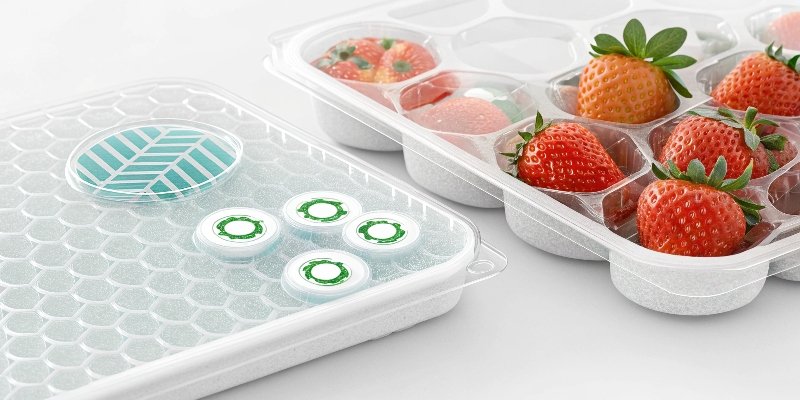
I recently attended a packaging conference and saw a demonstration of a packaging film made from seaweed. After you use the product, the film can be safely composted in your home garden. This is what I mean by circular. It's not just about recycling; it's about eliminating waste from the start. The future is also about adding value. Imagine a milk carton that changes color when the milk is about to spoil. This intelligent packaging helps reduce food waste and builds immense trust with the consumer. It’s a very exciting time to be in this business, as we are moving from simply containing a product to enhancing it.
Key Innovations Shaping the Future
- Active and Intelligent Packaging: This is a major leap forward. "Active" packaging includes things like oxygen absorbers inside a package to keep food fresh longer. "Intelligent" packaging communicates information. This could be a QR code that tells you the exact farm the product came from or a sensor that tracks temperature during shipping.
- Mono-Materials and The Circular Economy: For years, we combined different materials to get the best performance, like a plastic-and-foil pouch. The problem is that these are almost impossible to recycle. The future is in mono-materials—packaging made from a single type of plastic or paper—that can be recycled easily in a closed loop.
- Edible and Bio-Based Solutions: Instead of just being compostable, some packaging of the future might be edible. Think of a thin, flavorless film on a protein bar that you eat right along with it. We will also see more materials made from mushrooms, cornstarch, and other plant sources, moving us away from fossil fuels.
What is the best method for packaging food?
Every product manager asks, "What's the best way to package this?" A bad choice can lead to spoiled food, angry customers, and a damaged brand reputation. The answer is not that simple.
The "best" method is a tailored solution. It must be based on your product's specific needs, your supply chain logistics6, and your brand's unique identity. One size never fits all.
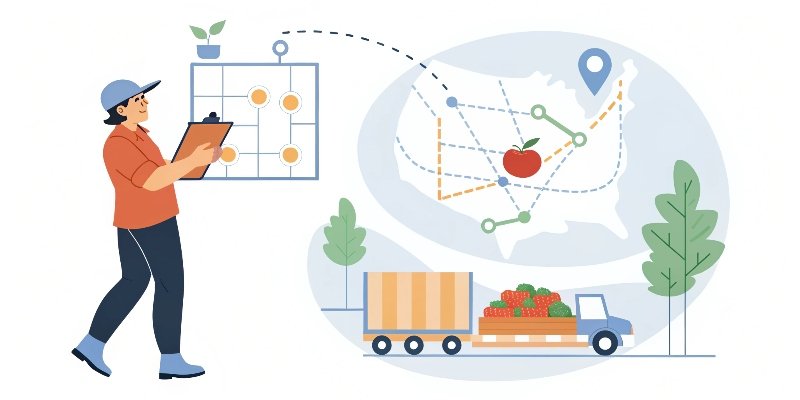
There is no magic formula. The perfect packaging for frozen pizza is completely wrong for fresh salad. I remember working with a designer, Peter, on a project for a high-end chocolate company. The client initially wanted a standard plastic tray. But Peter pushed for a custom-designed, textured paper box. It cost a little more, but it perfectly communicated the brand's commitment to quality and natural ingredients. The packaging felt special, and the product became a huge success. The best method is one that creates a perfect harmony between the product, the journey it takes, and the story the brand wants to tell.
A Simple Framework for Your Decision
To find the best method for your product, you must answer questions in three key areas.
- Product Needs:
- What protection does the food require? (e.g., oxygen barrier, moisture barrier, light protection)
- Is the product fragile? Does it need structural support?
- Is it a liquid, a solid, or a powder?
- Supply Chain and Use:
- How will it be transported? (e.g., truck, plane, ship)
- What is the required shelf life?
- Will it be refrigerated, frozen, or stored at room temperature?
- How will the end consumer use it? (e.g., microwavable, resealable)
- Brand and Market:
- What is your brand's core message? (e.g., sustainable, premium, convenient)
- Who is your target customer and what do they expect?
- What are your competitors doing?
- What is your budget per unit?
Thinking through these questions will guide you to a solution that truly works.
Conclusion
The market won't be dominated by one material. The winners will be those who choose smart, sustainable packaging7 that is perfectly tailored to their product, supply chain, and brand.
-
Stay updated on the latest trends shaping the food packaging industry. ↩
-
Understand the factors driving the demand for sustainable packaging options. ↩
-
Learn why paper and paperboard are becoming preferred materials for packaging. ↩
-
Understand the consumer trends pushing for greener packaging solutions. ↩
-
Discover the innovative concept of edible coatings and their benefits. ↩
-
Explore the impact of supply chain logistics on packaging decisions. ↩
-
Explore how sustainable packaging can enhance your brand image and meet consumer demand. ↩


